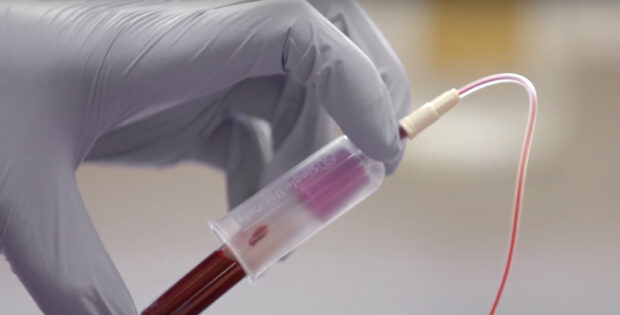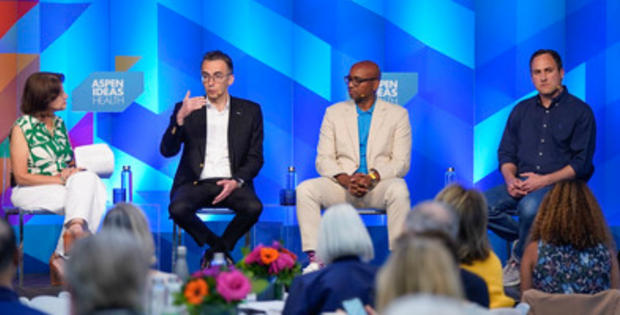Why 80% in Every Community Matters

During my first semester in college, I took one of the most difficult exams of my life thus far. As my professor passed back our graded tests, he mentioned the average was 90%. But when he handed me my exam – my heart sank as I realized I received a 68% – a ‘D’. In a class of hundreds of students, I felt isolated, while most of my colleagues celebrated. Although the 90% average was an important way of representing the class data, it did not tell the whole story – particularly, the story of individuals such as myself who did not do well. This concept is not just seen in school – it can also be seen in other areas, such as in healthcare.
80% Screening Rate Goal in CRC screening
Over eight years ago, the National Colorectal Cancer Roundtable (NCCRT) began a campaign to reach an 80% CRC screening rate in the United States. With an 80% screening rate, CRC-related deaths could be reduced by 33% by 2030.1
More recently, the goal has transitioned to an 80% CRC screening rate in every community.
What does “community” mean? According to NCCRT, a community “is intended to be flexible and inclusive.”2 It could mean a rural community, a state, an age group, a hospital, a local neighborhood, the entire United States, and more. NCCRT’s 80% in Every Community campaign aims to ensure that everyone benefits from CRC screening.
CRC Screening Rate Nationally vs Per Community
The United States has not yet reached the 80% goal. In 2020, the national colorectal cancer (CRC) screening rate was 72%.3 However, looking at the data state-by-state, California fell below the average by 10% and had a 62% screening rate, while Massachusetts was well over the average with an 81% screening rate.4
Let’s also take a deeper dive into CRC screening rates in various other communities.
- The screening rate among the younger age groups (50-54 years old) is 50%, while the rate is 80% in those 65-74 years old.5
- Those who are uninsured have a 21% screening rate, while those with Medicare have a 75% screening rate.5
- Another dataset focusing on health centers that serve underserved communities demonstrated a 42% screening rate.6
As shown in the numbers above, if we only analyzed the national 72% screening rate, we would not be able to see the large variations in screening rates in multiple communities.

Reaching Every Community
The vastly different screening rates between various communities show a need to reduce the CRC screening gap amongst communities. For more information on efforts to reduce screening gaps, please check out our previous blog post. We may overlook important pieces of information and limit ourselves in understanding the whole picture if we don’t look at the details.
For more information on NCCRT’s campaign, please see their website.



